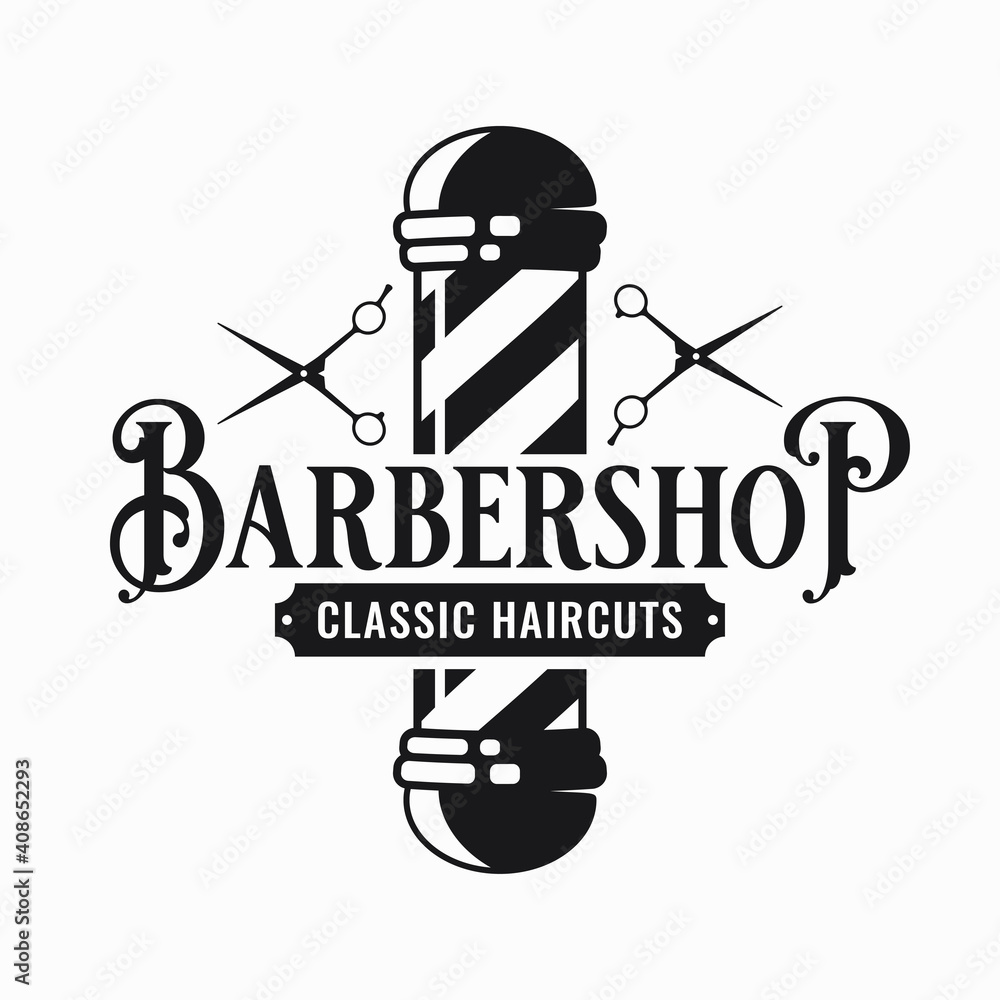Assuring Patron Health Through Efficient Health and Protection Regulations within the Grooming Sector
Assuring Patron Health Through Efficient Health and Protection Regulations within the Grooming Sector
Blog Article
The barbering sector holds a significant position in individual care and self-maintenance. Nonetheless, it is essential to emphasize the health and security of both customers and barbers in this environment. Effective sanitation and protection regulations are paramount for maintaining cleanliness standards, avoiding accidents, and ensuring a positive experience for everyone involved. By following these guidelines, barbers can establish a safe environment that encourages confidence and comfort among clients.
One key aspect of health and hygiene in grooming is cleanliness. Stylists must comply with strict cleaning protocols, including regular disinfecting of tools and stations. This involves disinfecting scissors, trimmers, and combs after every use to remove the risk of transmitting germs or infections. Moreover, professionals should use sanitized gowns and towels for each client to maintain a sanitary environment. Applying these practices not only protects clients but also boosts the reputation of the barbering business.
An additional important requirement focuses on the proper management of substances used in styling services. Items such as coloring agents, relaxers, and other formulations can pose risks if not handled correctly. Barbers must adhere to protective guidelines for the storage and use of these products to avoid skin irritations or sensitivities among customers. Using gloves and providing adequate airflow during procedures are essential steps that professionals should implement to protect client safety while delivering quality services.
Accident prevention is also a vital element of wellness and security requirements in grooming. Salons should be arranged with precaution in mind, reducing dangers such as slippery floors or disorganized areas. Team members should be educated in emergency procedures, including how to handle cuts or thermal injuries that may happen during treatment. Providing first aid kits and confirming that all team personnel know their locations is an effective way to anticipate unexpected incidents. By emphasizing preventative actions, barbers can maintain an environment where patrons feel safe and cared for.
Finally, clear communication is find out key to ensuring customer safety in the grooming profession. Barbers should engage with clients about their preferences and any potential risks linked to the treatments provided. This includes discussing allergies to products or prior negative experiences reported by clients. By fostering open dialogue, professionals can develop rapport with their customers while ensuring that they receive personalized care aligned with their unique needs. Ultimately, prioritizing health and safety regulations will lead to enhanced customer experience and from this source a successful haircare practice.